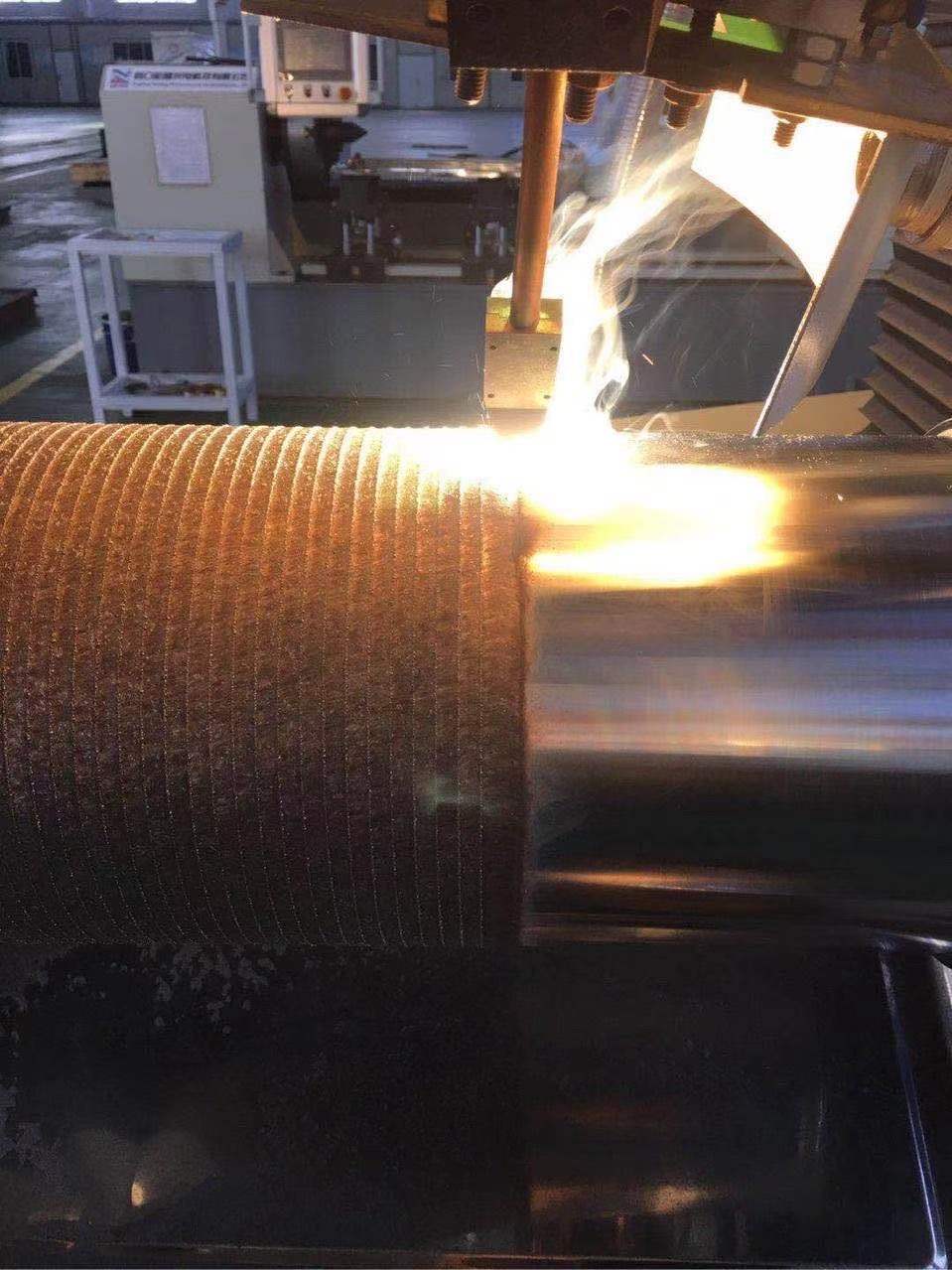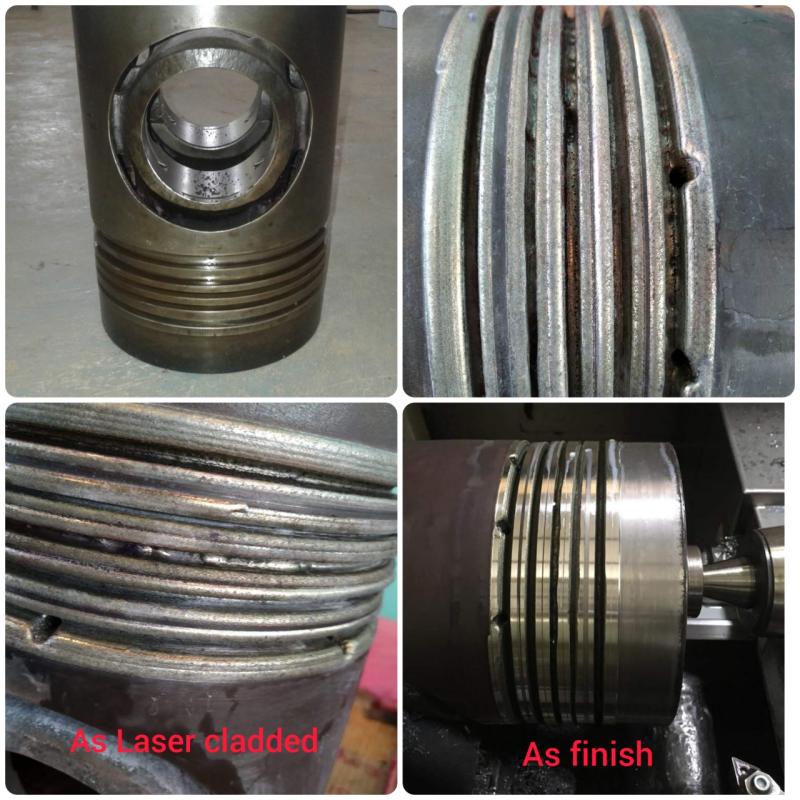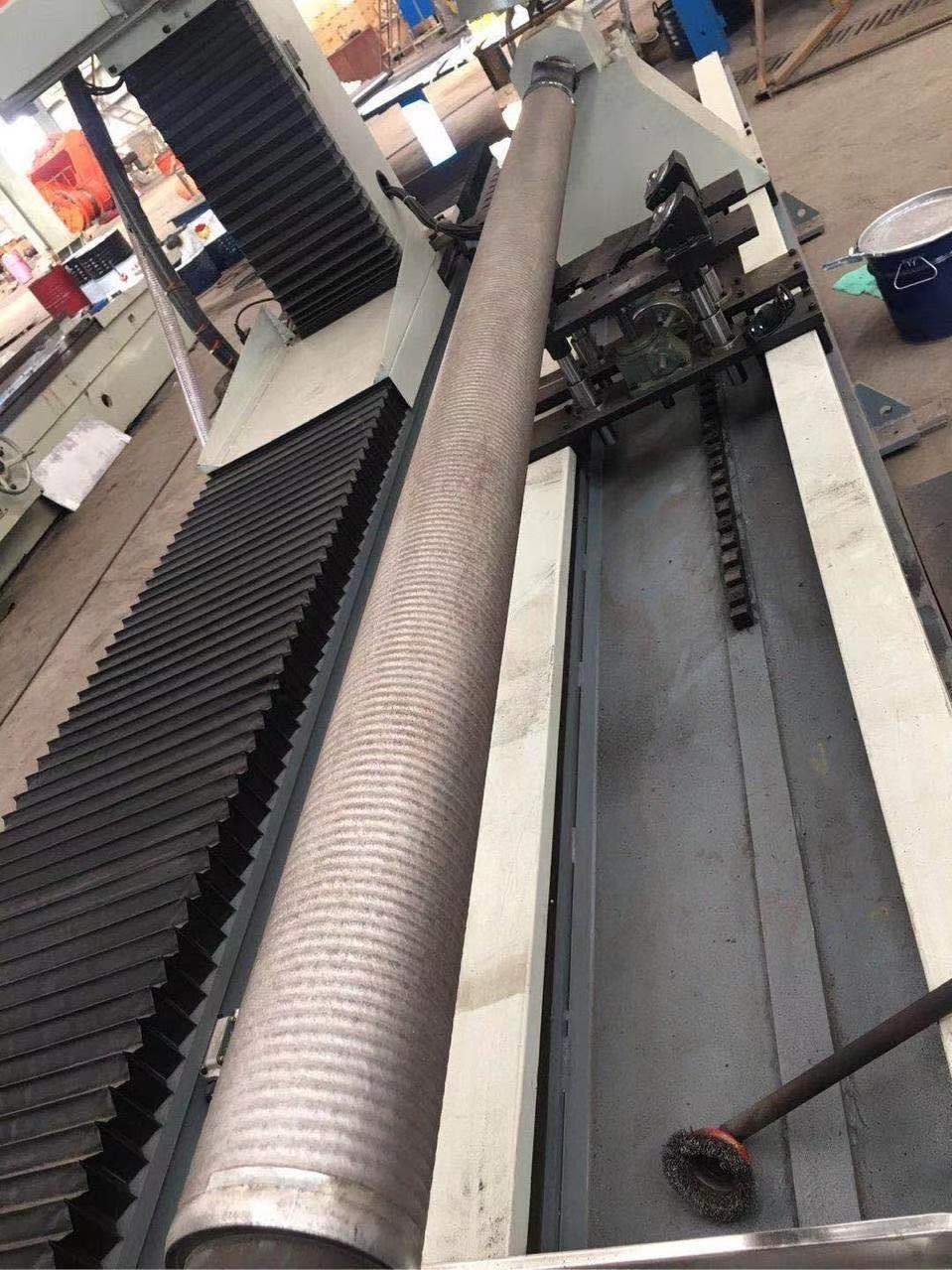On March 4, in the afternoon, I learned from the traffic police detachment of Qingdao City, Shandong Province. In order to implement the action plan for air pollution prevention and control of the provincial party committee and the provincial government, the traffic police department of the city has been implemented since July 1st, 2014. A total of 12,128 traffic violations of the Yellow Label Vehicle were investigated, and the rectification action was remarkable. At the same time, all yellow-label vehicles will be eliminated at the end of 2015. From 2015 onwards, all yellow-marked vehicles will be restricted in the city.
Nickel Based Laser
Cladding Powder
Ni base alloy
powder is mainly made of NiCrBSi or NiBSi. Ni-based self-fluxing powder has
good wettability, corrosion resistance and high temperature self-lubricating
effect, and is used in components with heat resistance, corrosion resistance and
thermal fatigue resistance. In general Ni35,Ni45,Ni60 etc can be used for laser
cladding, the No means hardness of powder. Inconel 625 and 718 has good
corrosion property under higher temperature, also widely used for laser
cladding process.
Cobalt based Laser
Cladding Powder
Cobalt-based alloy
powder is the cemented carbide resistant to various types of wear and corrosion
as well as high temperature oxidation. That is, the so-called
cobalt-chromium-tungsten (molybdenum) alloy or Stellite alloy cobalt-based
alloy is mainly composed of cobalt, containing a considerable amount of nickel,
chromium, tungsten and a small amount of molybdenum, niobium, tantalum,
titanium, Alloying elements such as lanthanum, and occasionally a class of
alloys containing iron.
Co-based self-fluxing
alloys have good high temperature performance and wear resistance and corrosion
resistance, and are used in petrochemical power, metallurgy and other
industrial fields where they are wear-resistant, corrosion-resistant and
high-temperature resistant.
Iron based Laser
Cladding Powder
The work pieces
required for laser cladding and manufacturing in the actual industry are mainly
carbon steel and cast steel. The Fe-based alloy is close to the base material
in composition and has good wettability. The advantage of Fe base powder is
lower cost and good wear resistant of cladding layer. As a result, it`s the
most widely used for laser cladding process. It is suitable for parts that
require local wear resistance and are easily deformed.
WC blended Laser
Cladding Powder
Tungsten carbide blended with Ni alloy powder is the best
choice for wear resistant work piece. This unique process can bring excellent
wear, corrosion and high temperature resistant. Our blend powder can achieve
different portion of WC from 35% to 60% without crack under suitable cladding
parameter.
Iron Alloy Powder,Nickel Alloy Powder,Cobalt Alloy Powder,Laser Cladding Powder Luoyang Golden Egret Geotools Co., Ltd , https://www.xtcwelding.com
It is understood that there are 102,897 yellow-label vehicles in Qingdao, including 53,969 units of vehicles, 48,928 units, and 27,272 vehicles. Since July 1, 2014, at the end of 2014, more than 46,000 vehicles have been eliminated. Excessive completion of the original number of 40% (41,159 vehicles). At present, the forbidden areas of Qingdao Huangbiao Car are: Shinan District, Shibei District, Lisong District, Laoshan District, Huangdao District (including development zone), Chengyang District (including high-tech zone) built-up zone and the city's expressway. Yellow-label vehicles are banned throughout the day; Jimo, Jiaozhou, Pingdu, Laixi City banned yellow-label vehicles throughout the day. From January 1st, 2016, all the yellow-label vehicles will be restricted in the whole city.
Since 2015, the traffic police department and the environmental protection department have established a long-term working mechanism to jointly investigate and deal with the illegal traffic behavior of yellow-label vehicles, focusing on yellow-label vehicles, non-standard vehicles, smoky vehicles, unchecked vehicles, and scrapped vehicles. The six key points of polluting motor vehicles are illegally investigated and dealt with. Increase non-site law enforcement, regularly input information such as yellow-label vehicles and non-standard vehicles provided by the environmental protection department into the intelligent transportation system, strengthen inspection and comparison, and impose penalties on illegally-printed yellow-label vehicles and non-standard vehicles.
While intensifying the investigation and control of roads, the traffic police department has comprehensively carried out the work of eliminating yellow carts. If the motor vehicles transferred to Qingdao by the provinces (autonomous regions and municipalities directly under the Central Government) fail to meet the “National IV†emission standards, they will not be accepted; the yellow-label vehicles are prohibited from being transferred and registered in the province, and the mandatory scrapping standards are met and the cancellation is not completed. The yellow label car for registration procedures promptly urges motor vehicle owners to apply for cancellation registration within a time limit; strictly supervise the business supervision of motor vehicle scrapping and recycling enterprises, and supervise the on-site supervision of large passenger vehicles, medium-sized trucks and other operating vehicles that have been cancelled for registration. Every scrapped car can be dismantled and destroyed and can no longer travel on the road.


